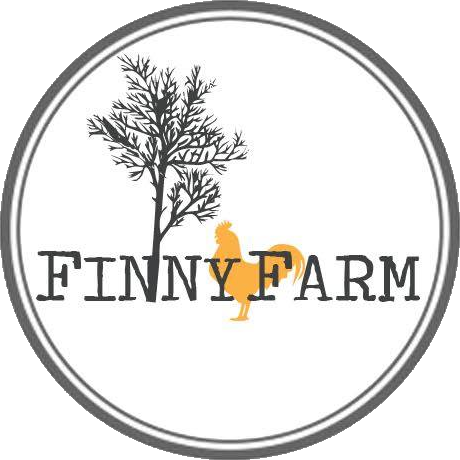There are said to be over 300 distinct types of honey. This is because the Lord has blessed up with such a variety of trees and flowers. Since honey differs in taste, color, and texture, it’s often hard to decide your favorite. Honey is definitely not just honey. As I was extracting a few supers of honey this week, I began to think of the vast array of honey flavors available and what makes them all so different. Here is a quick explanation….
Flavor and Color:
Honey gets its flavor and color according to which flowers the bees visit. Some common varieties are Wildflower, Orange Blossom, Sourwood, Tupelo and Clover honey. More uncommon varieties are Avocado, Firewood and Blueberry. Flavors can vary from a very light, sweet flavor of Sage Honey all the way to a dark malty and molasses flavor of Buckwheat honey. Typically, a single flavored honey is one that is set in the middle of the field or forest from which the nectar is found. Example, if you drop a hive in the middle of huge pumpkin patch, you will end up with Pumpkin Honey. No, you aren’t allowed to put this on your pumpkin spice latte, because that’s just wrong…
There are also different types of textures:
Liquid is the most common here in the US. It pours out nicely from a bottle and is convenient, but a bit messy and sticky.
Whipped Honey or Creamed Honey is finely crystallized honey that is creamy and spreads almost like peanut butter. This is becoming more readily available in the US, but this is the typical honey found in much of Europe.
Comb Honey is the rawest honey you can get. Its honey that is still in the comb and cut out of the hive. Yes, you chew the comb to get out the honey. We call it God’s candy.
What do our hives produce?
We produce Wildflower Honey. Wildflower Honey or Multi-floral Honey is honey where the bees are kept in an area to travel wherever their taste buds desire and collect whatever is available. Since bees can travel up to 2 miles to forage on available nectar sources, you will likely have 50+ different types of nectar combined. This spring, my bees have feasted on clover, blueberry, black locust, red maple, privet, sunflower and a host of other sources. Wildflower Honey is said to be the best to counter-act seasonal allergies because it has such a diverse makeup.
As autumn approaches, Aster and Goldenrod provide the bees with the majority of their food stores for the winter. It’s completely different in color (think brown) and very pungent. Some people describe goldenrod honey as smelling like sweaty socks. It’s not something that most people want to eat, but the bees apparently have a different opinion.
So, grab a bottle at your local farmers market. Talk to the beekeeper. Enjoy!
~ Bobby
P.S.- Don't eat too much, or this might happen....



